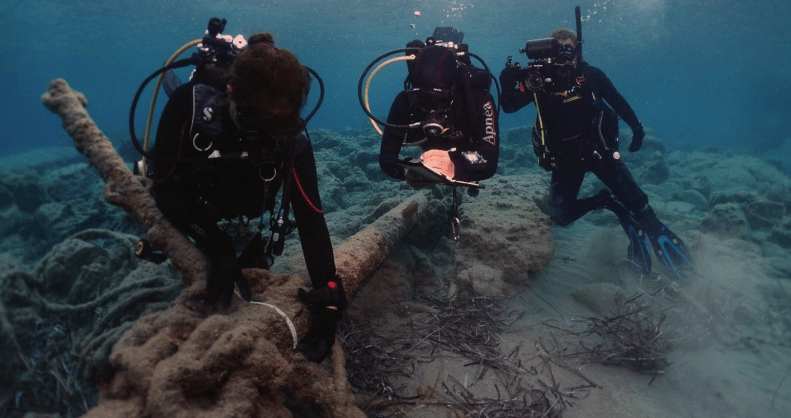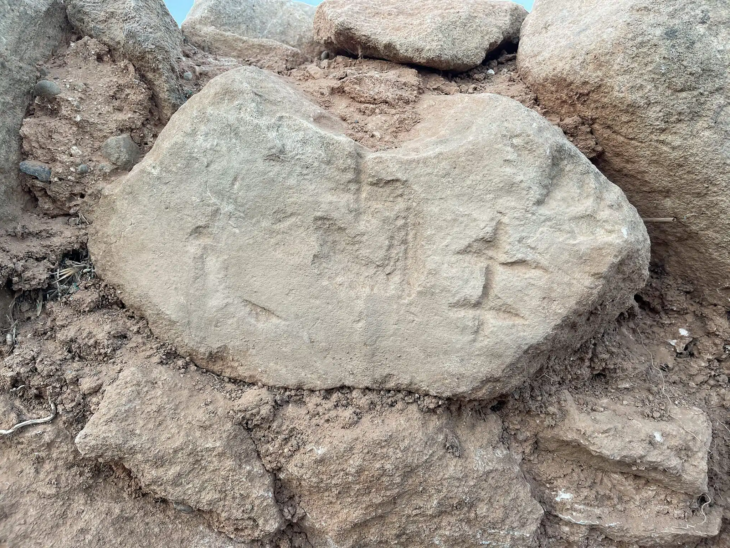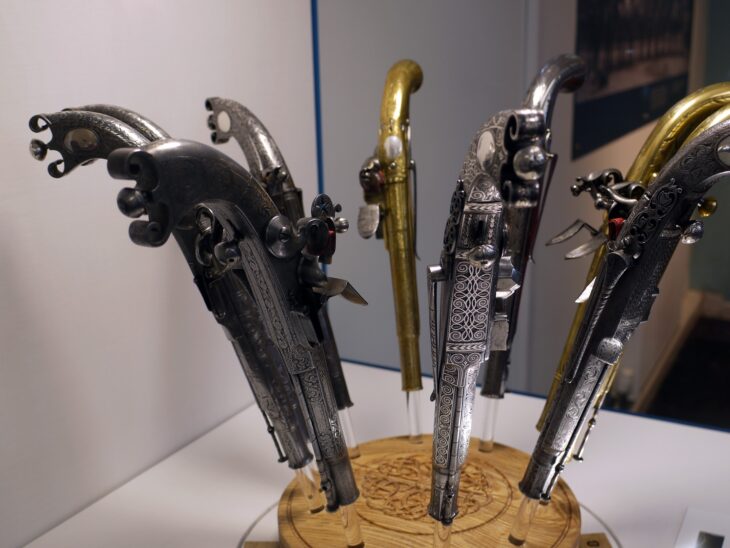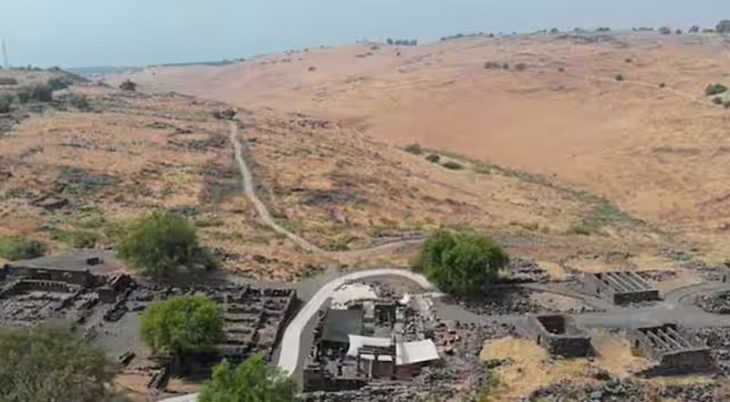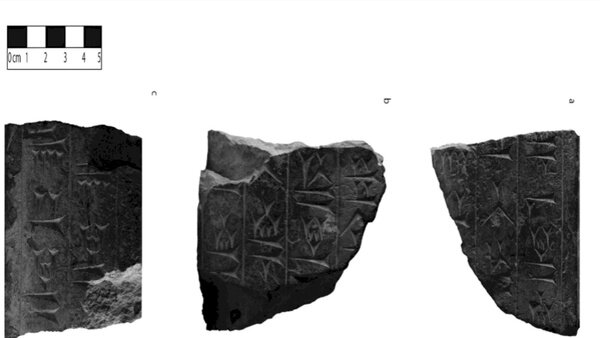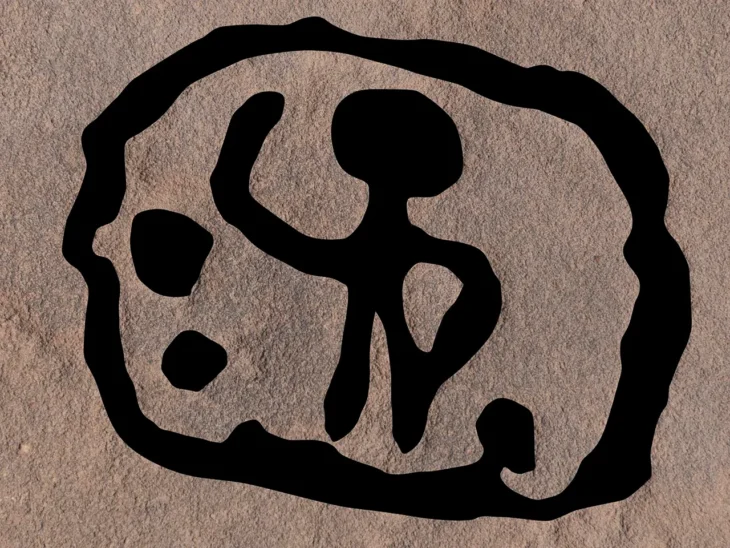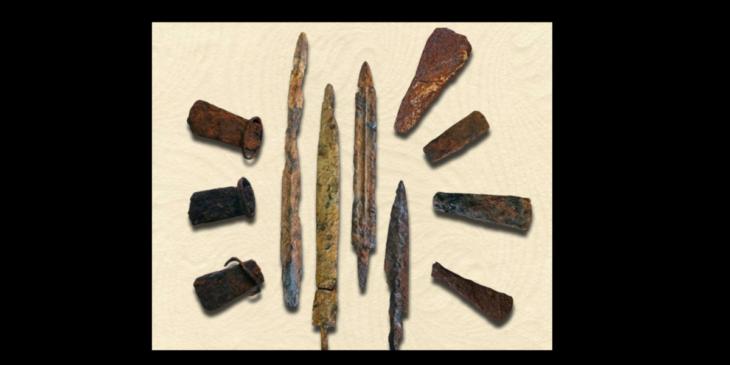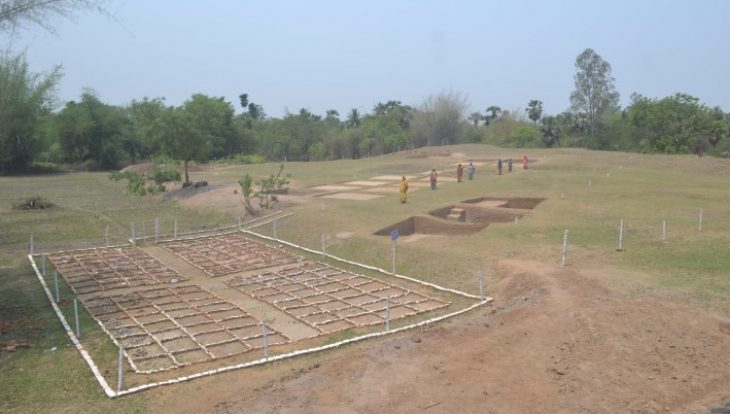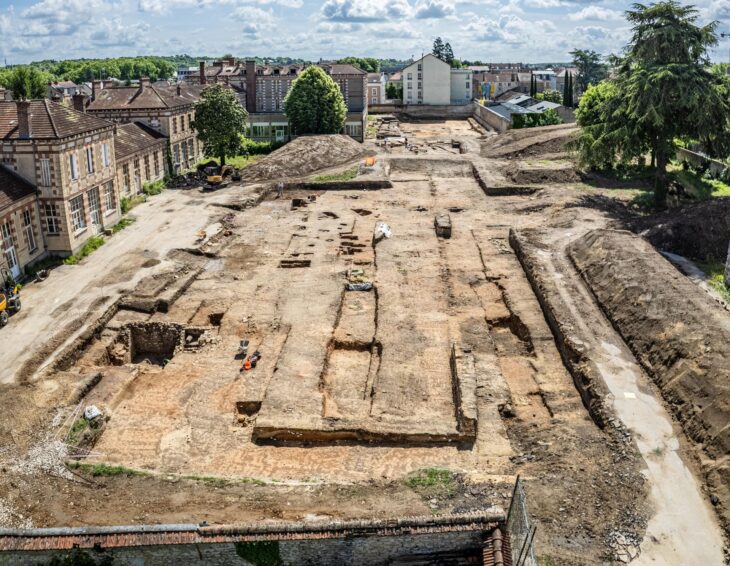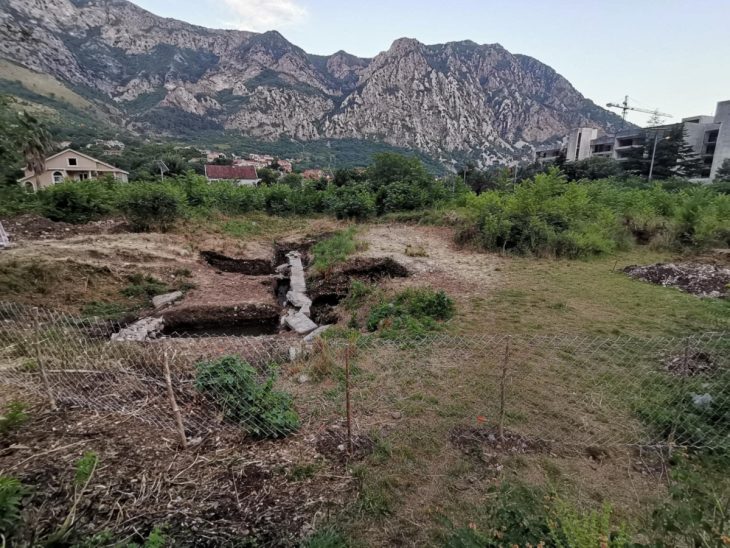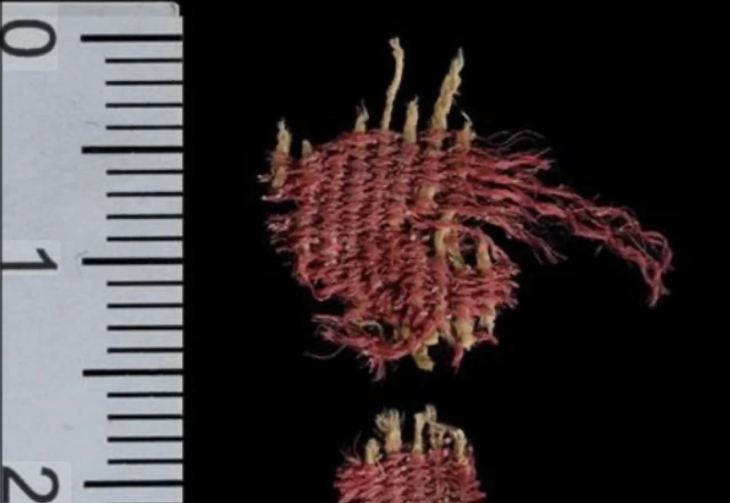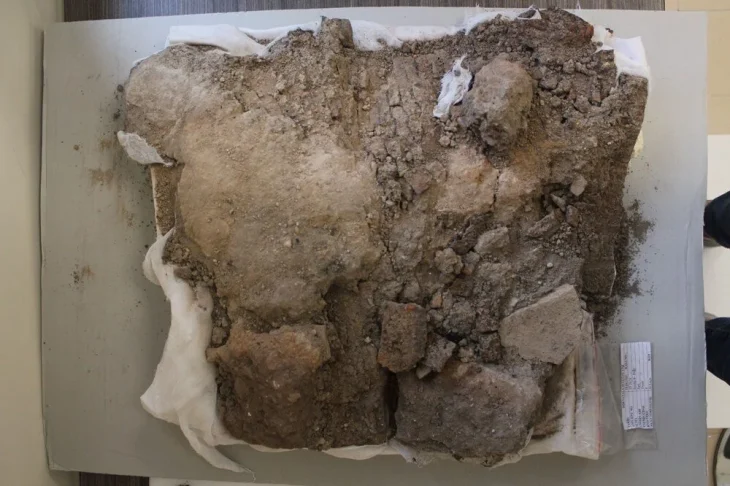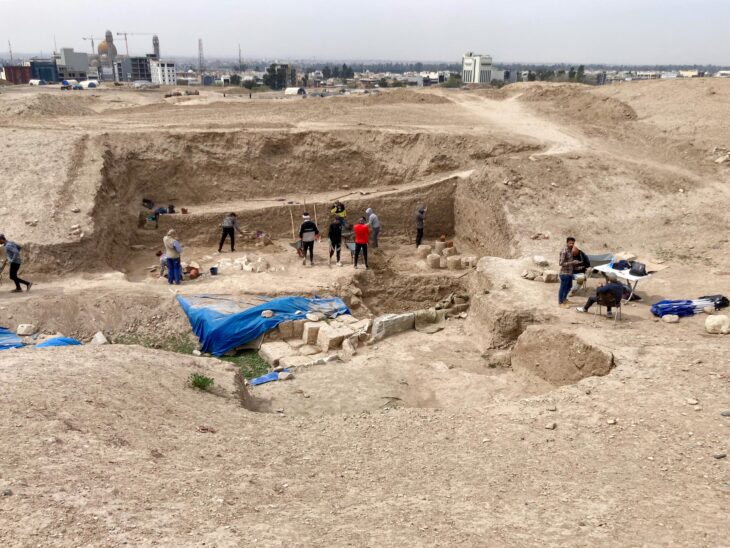The research team of the National Hellenic Research Foundation, in collaboration with the Ministry of Culture, has identified ten shipwrecks and other important ancient finds during a survey of the marine area around the Greek island of Kasos.
The discoveries were made public following the conclusion of the “Kasos Maritime Archaeological Project,” an interdisciplinary team of experts from Greece and abroad, which was an archaeological study. The National Hellenic Research Foundation led the underwater archaeological survey of Kasos’ marine environment, which began in 2019.
During the investigations were discovered, dating back to prehistory (3000 BC), the classical period (460 BC), the Hellenistic period (100 BC to 100 AD), the Roman period (200 BC to 300 AD), the Byzantine period (800 to 900 AD), and finds from the medieval and Ottoman periods.
A team of divers working at depths of -20 meters to -47 meters found ten shipwrecks carrying cargo from Africa, Asia Minor, Italy, and Spain, according to a press release from the Ministry of Culture.

The thorough study of the material brought to light unique finds, including a Spanish Dressel 20 amphora with a seal on its handle dated between 150-170 AD, drinking vessels, terra sigillata flasks, which belong to the Roman period of African origin, stone anchor of the Archaic period, as well as other important archaeological evidence.
📣 Our WhatsApp channel is now LIVE! Stay up-to-date with the latest news and updates, just click here to follow us on WhatsApp and never miss a thing!!
Simultaneously, for the first time, mapping and bathymetry of the Kasos-Karpathos reef and the Karpatholimnion area were carried out using side-scan sonar.
Finally, the remains of a shipwreck, possibly from World War II, have been identified. It is a wooden boat with metal elements, estimated to be 25-30 meters long.
The findings were recorded and documented using modern scientific methods, while sampling of archaeological objects was carried out, the study of which provides new information and archaeological data, aspects of the history of Kasos, and the rich cultural heritage of the Mediterranean.
The international scientific community was given access to a plethora of primary data when over 20,000 underwater photos were taken with the aid of contemporary technology. These photos were then used for analysis and compilation of digital images of the shipwrecks and discoveries.

